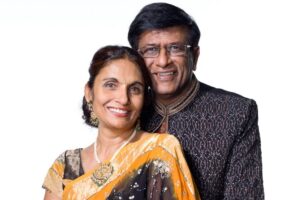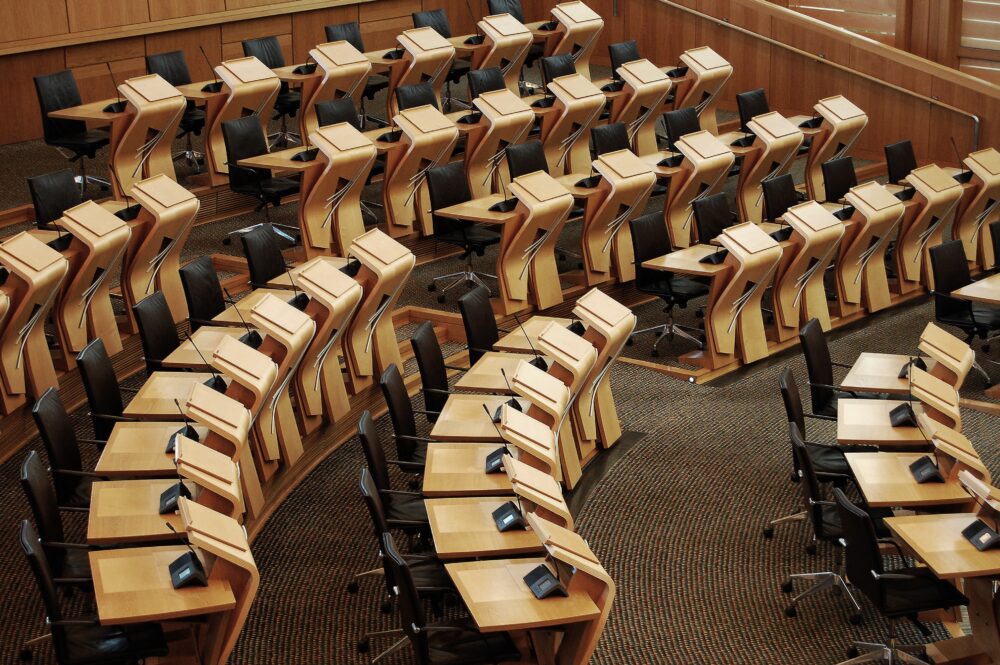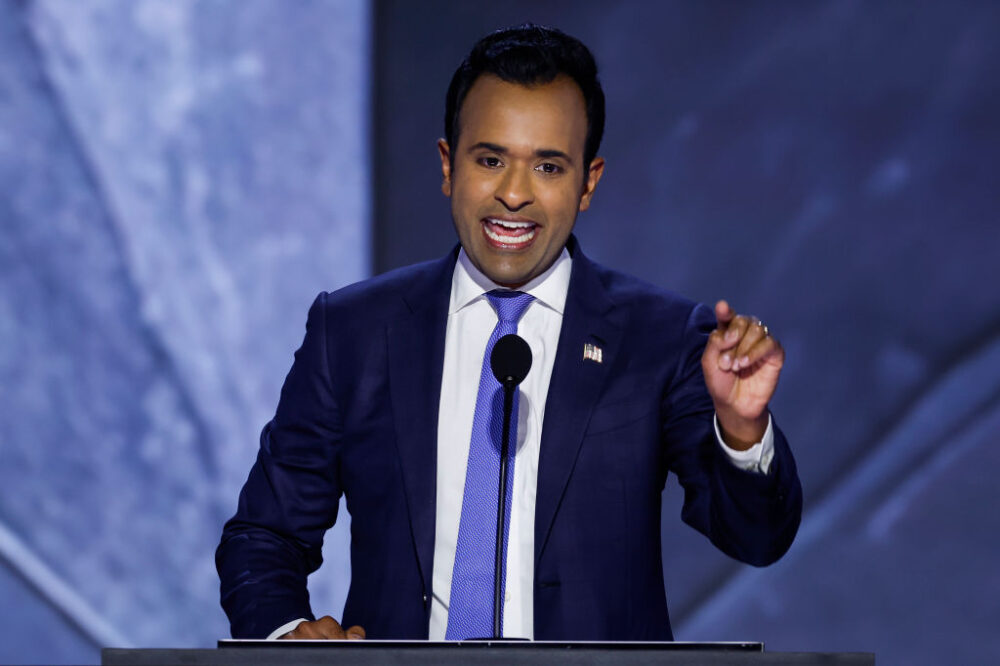A recent study by a watchdog group reveals that more than 21% of India’s 5,200+ sitting legislators—including MPs, MLAs, and MLCs—have a family background in politics. This trend is most pronounced in the Lok Sabha, where nearly one-third of representatives are dynastic.
When looking at national parties, Congress shows the highest level of dynastic representation at 32%, followed by the BJP with 18%. In contrast, parties like CPI(M) report much lower levels—around 8%—of legislators with family ties in politics.
State-wise data indicate that Andhra Pradesh has the strongest dynastic presence (34% of its legislators), closely followed by Maharashtra (32%) and Karnataka (29%). Other large states such as Bihar and Uttar Pradesh also have significant numbers.
Representation among women shows a stark disparity: almost half of female legislators are from political families, compared to less than one in five among male legislators. Some smaller states and territories display nearly all female legislators from dynastic backgrounds.
Experts assert that this phenomenon is a structural feature of Indian politics—driven by the perceived “electability” of political heirs, the high cost of campaigning, and the influence of established networks. They argue that reforms in candidate selection and greater internal party democracy could help reduce dynastic dominance.















